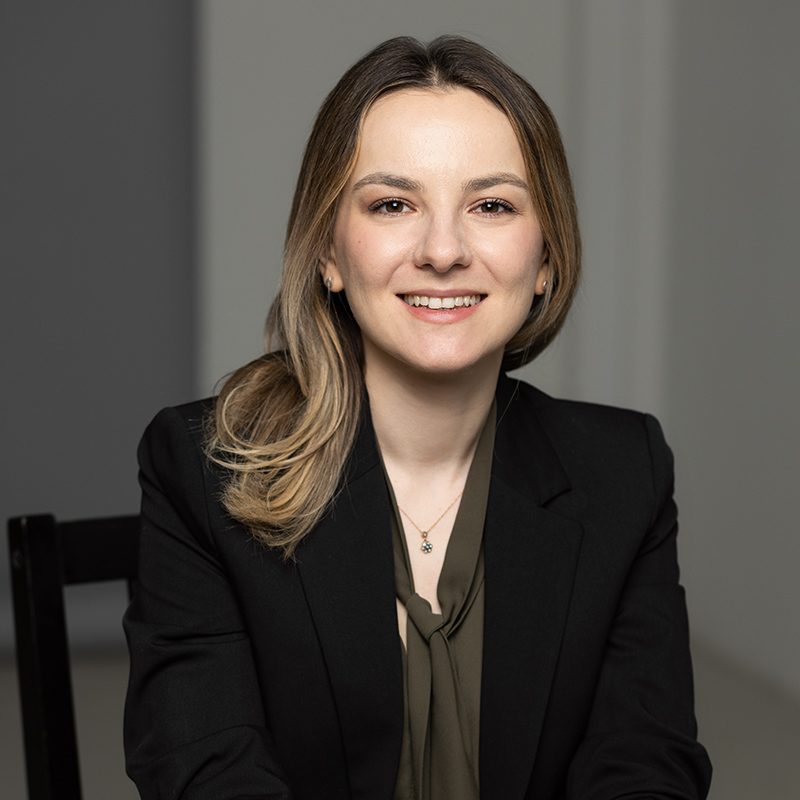It has been 25 years since we celebrated the millennium. I was in primary school in 2000, but I remember candidly how excited we were about the new shiny age, pictured mostly in scientific novel-like images from space and robots. The millennium has delivered some of its promises so far. But there is one area that we are constantly failing to advance.
There are systemic gender inequalities in access to capital.
It takes a lot of time, effort and money to build things. Among these, money is often the hardest to obtain. Our access to capital is shaped by many factors. These include the family we were born into, the country we live in, the education opportunities available to us, presence of a stable and healthy environment, and our race and gender.
The type of capital we seek also varies. We might be looking for a small loan to finance our corner shop, we might need a big check to expand our business to new geographies or we may simply need a bank account for our daily needs. Gender remains a major factor in how, when and by how much capital will be available to us in all these scenarios. I am specifically focusing on access to capital to build and grow early-stage companies in this blog.

Let’s look into evidence, from around the world.
- According to Crunchbase data[1] (2020), women-led startups received only 2.3% of venture capital funding globally.*
- As of December 2024, Pitchbook data shows that in Europe female-only led venture capital firms received just 1.8% of capital and mixed-gender firms received 18.5%. In contrast, male-only firms got 79.7%.*
- Based on another dashboard of Pitchbook data, female-only led venture capital firms received only 2% of capital in the US, female-male founder mixed received 22.4%, while male-only led firms received 75.6% of capital.*
*Please note that I used the gender categories and breakdowns as presented in the original source.
By now, it’s clear that a significant problem exists and it is far from solved.
Gender-lens investing (GLI) can help reshape access to finance, the conditions that influence it and the use cases of capital.
According to the Global Impact Investing Network’s (GIIN) report titled In Focus: Gender and Impact Investing in 2024, there is no single definition of GLI. Rather there are a variety of approaches that serve a similar ultimate impact goal of reducing gender inequalities. This approach to defining GLI is aligned with what I have observed in Canada and emerging markets.
Despite the size of the challenge, I am encouraged and inspired by the changemakers in the impact investing space. Some impact funds focus on building a network of opportunities to bring together investors and founders to intentionally increase funding for women-led companies. Some impact funds have a set of investing eligibility checks to prioritize companies that offer products or services to change the lives of women and girls for the better. Some funds are building or helping others to build supply chains with gender representation targets.
I celebrate the variety of activities making GLI an area of practice. Gender inequalities are a result of systemic problems. Hence, we need many different trials to cure it. By embracing multiple approaches rather than settling on a single definition, I believe we are on the right path. Sometimes complicated and disheartening, but a path that has a realistic possibility for a meaningful, observable positive change.
 2025 is a critical year for us to keep talking, investing, and focusing attention on GLI.
2025 is a critical year for us to keep talking, investing, and focusing attention on GLI.
There are many programs targeting to be a part of the systemic solution, such as funding programs for women founders, mentorship and networking groups, or grants. These programs may take a great amount of attention, but still less than they deserve. At the same time, we must remember that these programs exist because there is a significant problem to address, not because women founders have a built-in advantage. Despite all the political backlash we have observed around the world, I am hopeful that the numbers will speak for themselves: Access to capital is a gender issue. Impact investing can orchestrate the remedy actions by designing and channelling new forms of capital with a gender lens.
In 2025, I will continue to read, write, and speak about gender-lens investing. In my next opinion pieces, I aim to bring real-world examples of how GLI practices are helping to address gender disparities. Stay tuned for our next blogs in Etkiyap. I wish you all the best in the new year.
Footnotes

